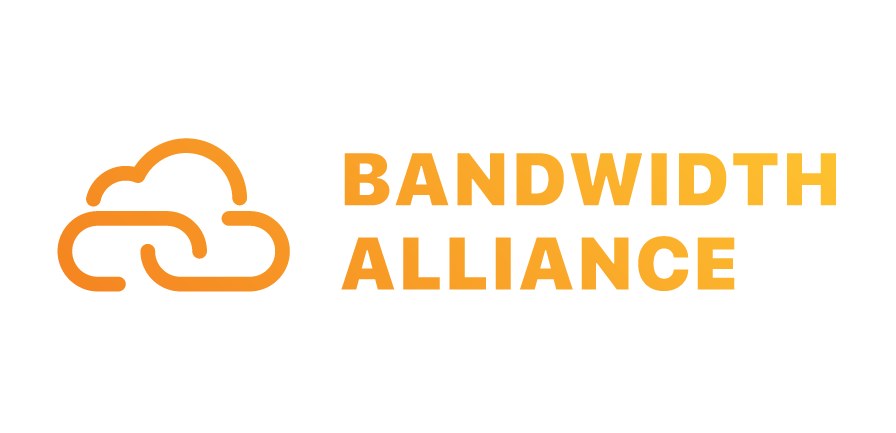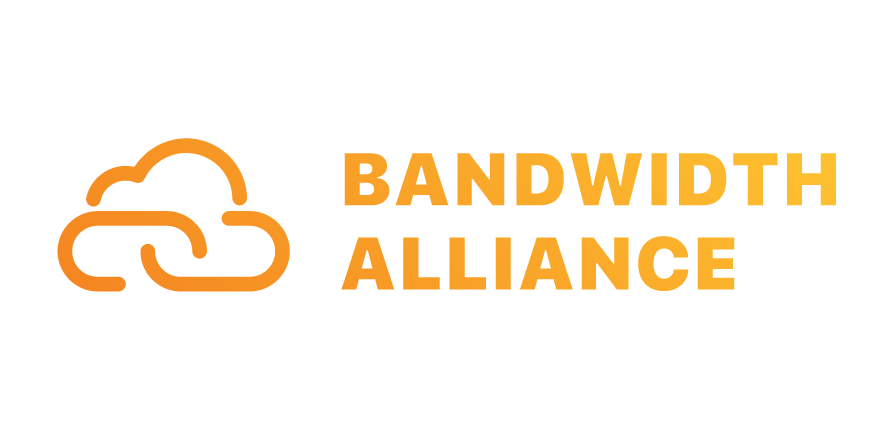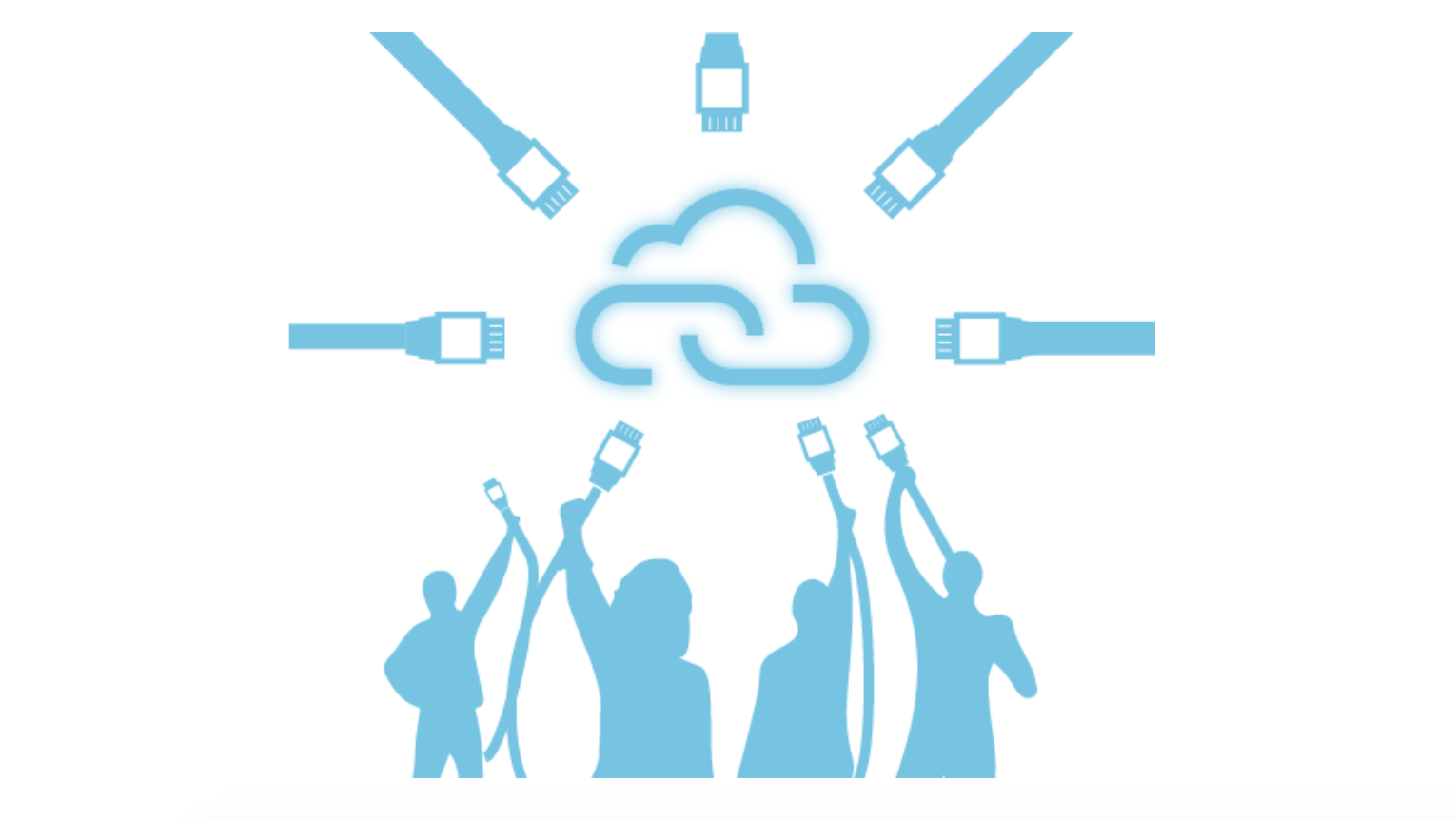Docker Certified Storage Partners Review – Sept. 2018
The Docker Certified Technology Program is designed for ecosystem partners and customers to recognize containers and plugins that excel in quality, collaborative support and compliance. Docker Certification gives organizations an easy way to run trusted software and components in containers on the Docker Enterprise container platform with support from both Docker and the publisher.
In this review, we’re looking at Docker Volume Plugins. In any production Docker Enterprise deployment, it is important to have the ability to manage storage for persistent applications. While it is possible to use traditional SAN and NAS solutions directly with Docker Enterprise with Swarm orchestration, it is actually much easier and more convenient to manage volumes through the Docker CLI and management interfaces by specifying a Docker-native volume driver so users can manage volumes on demand.
Check out the latest certified Docker Volume Plugins that are now available from our partners on Docker Store:
- HPE Nimble Storage Docker Volume Plugin
- Nutanix DVP (Docker Volume Plug-in)
- Netapp Trident
- Hedvig Docker Volume Plugin
- Pure Storage Docker Volume Plugin
- NexentaEdge NFS Volume Plugin
Along with Docker Volume plugins, we also have partners with container-based storage solutions in Docker Store:
Learn More:
- Learn more about Docker Enterprise and get a free trial today
- Check out a Docker event near Continue reading






 “We had inflated expectations” because the promise was vendors could easily obtain commodity hardware and “throw some VNFs on it and it would make money," said a Masergy executive.
“We had inflated expectations” because the promise was vendors could easily obtain commodity hardware and “throw some VNFs on it and it would make money," said a Masergy executive.



 The Kubernetes IoT Edge Working Group is looking to see how far it can push the centralized Kubernetes platform out into the distributed edge and IoT ecosystem.
The Kubernetes IoT Edge Working Group is looking to see how far it can push the centralized Kubernetes platform out into the distributed edge and IoT ecosystem.
 HPE is the first original equipment manufacturer to incorporate the programmable card into its devices.
HPE is the first original equipment manufacturer to incorporate the programmable card into its devices.